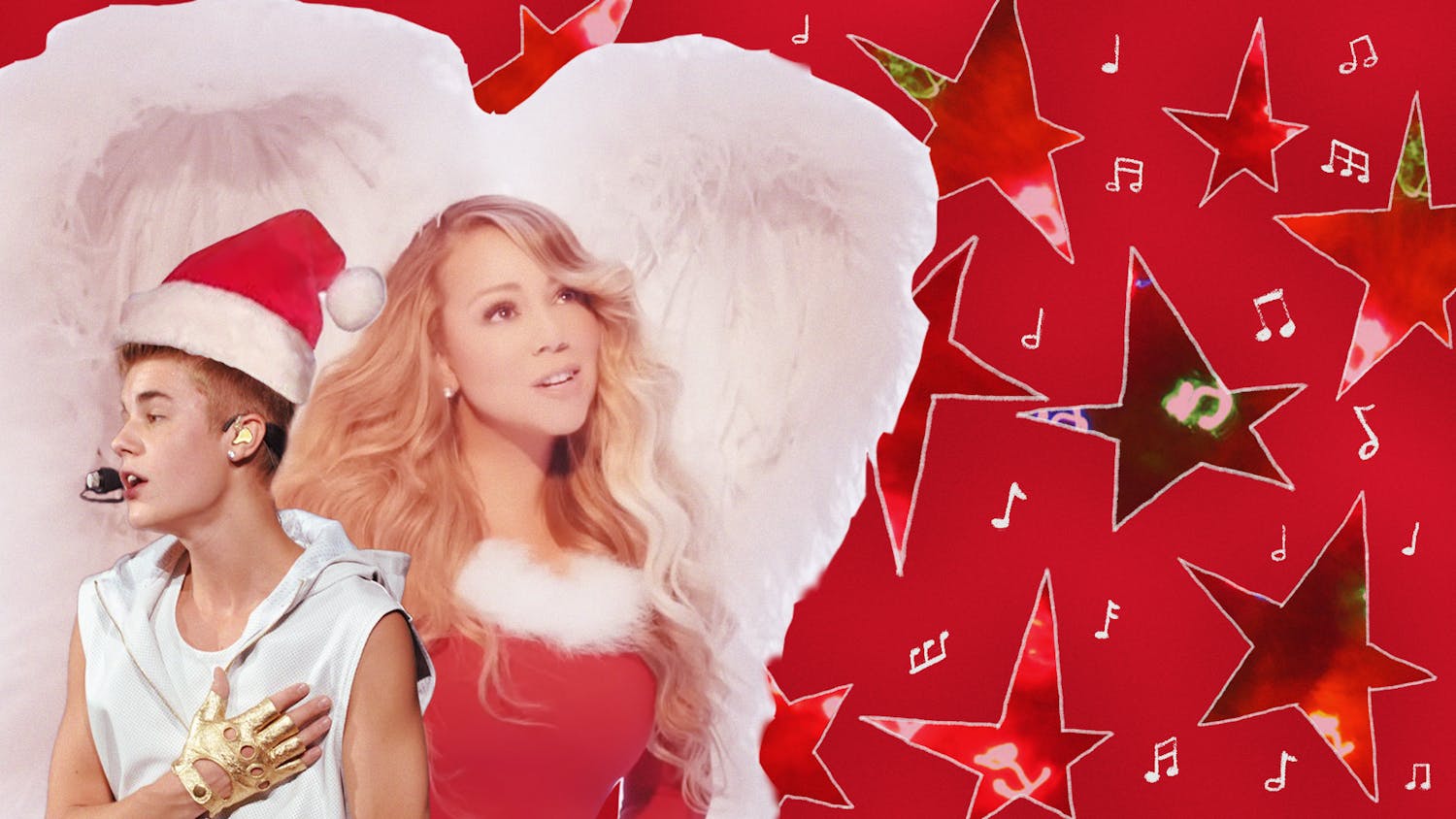Two mysteries that will forever plague the human mind: the existence of God and the person of Bob Dylan. After slews of films, books, parodies speculations, tributes, high praises and examinations, Bobby still remains folk-rock's enigmatic icon. All of this begs the question: how much more can we glean from a couple reels of live Dylan performances?
Enter The Other Side of the Mirror. This film tries to set itself apart from scores of others by featuring (near complete) Dylan sets over the course of three years with little editorial content. The setting certainly scores points for the film. The scenery of the Newport Folk Festival is complete with all the necessary components: an assortment of avant-gardes and mountain men straggle on stage, while microphone dampeners on the night stage might as well be made of Grizzly Adam's undergarments. Fledgling Dylan plucking out "All I Really Want to Do" on a willow-shaded stage is one of the DVD's most poignant moments. The film also strongly treats Dylan's ascent to folk demi-god. Crowds morph from mellow head-boppers in '63 to Dionysian revelers who swamp Dylan's van in '65.
Of course, it is the tried-and-true music that best help us understand Bob Dylan more deeply. His tunes shine here, but pretty much everything else in Mirror falls flat. Interspersed between numbers are some relatively useless anecdotal scenes, endless clips of a Woody Allen-esque character trying to calm the crowd, and a rambling Joan Baez trying to flesh out how she feels about her new stardom. Mirror's editing is minimal but unsubtle; granted, this footage is almost Neolithic, but it still could use some modern splicing. And director Murray Lerner and his crew do a disservice to the film in including so few shots of the crowd. After all the talk about Dylan being the voice of his generation, it would be nice to get a better understanding of who this generation was.






